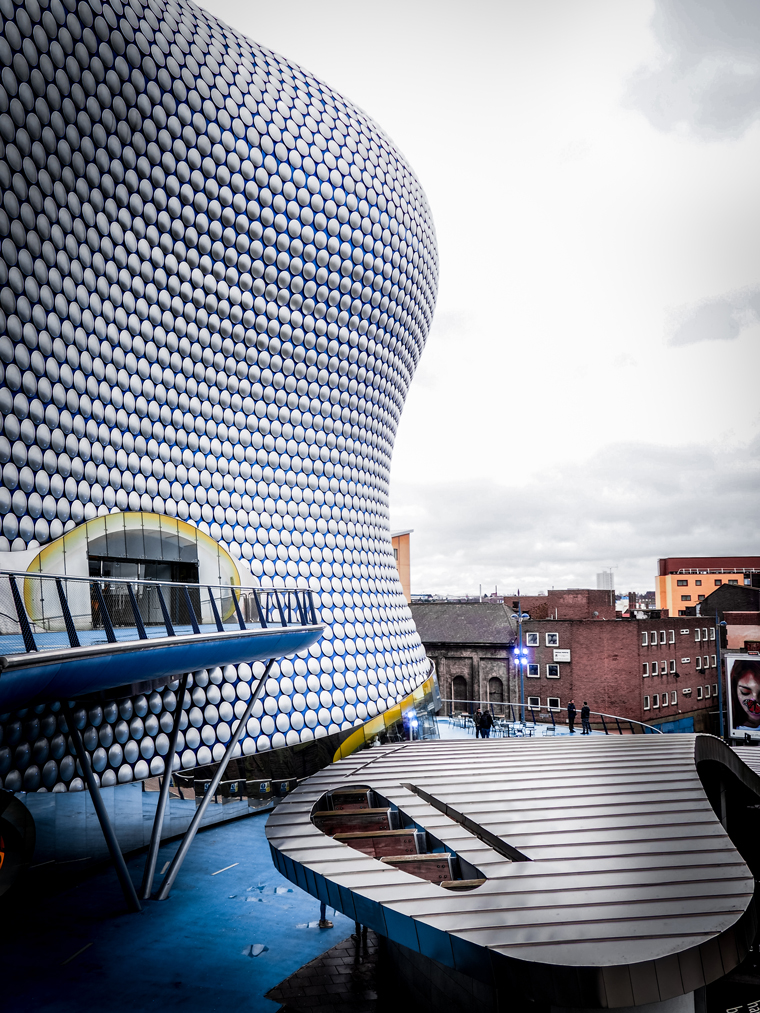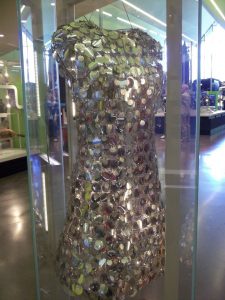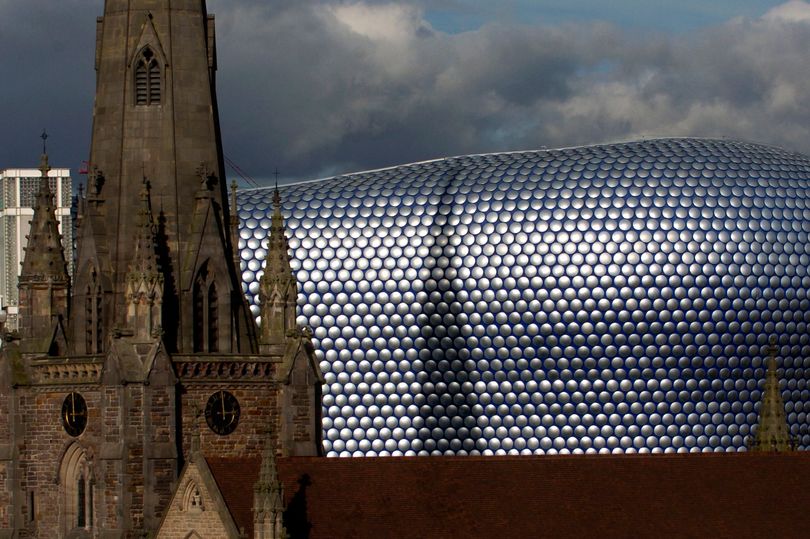Architects that Shaped Birmingham – Issue 6: Amanda Levete & Jan Kaplický
Amanda Levete, originally from Bridgend , Wales, attended the Hammersmith School of Art before enrolling at the Architectural Association. She gained further experience working with Will Alsop and at the Richard Rogers Partnership before co-founding the firm Powis & Levete.
, Wales, attended the Hammersmith School of Art before enrolling at the Architectural Association. She gained further experience working with Will Alsop and at the Richard Rogers Partnership before co-founding the firm Powis & Levete.
Meanwhile, Neofuturistic Czech architect Jan Kaplický, educated in Prague and having escaped the Prague Spring to London in 1968, was establishing himself in the UK with innovative architectural think tank Future Systems, which he co-founded in 1979. He had previously worked with Denys Lasdun, Norman Foster and on the Georges Pompidou Centre with Renzo Piano and Richard Rogers.
Future Systems combined the hi-tech futurism of aircraft and space technology with organic forms. The work was predominantly speculative before Amanda Levete joined as a partner in 1989. Levete is credited with making the ambitious conceptual designs of Future Systems a reality whereas Kaplický was driven by the creative process and the greatest creative act was ‘making the original mark on a piece of paper’*
* comment by Amanda Levete in an interview shortly after Jan Kaplický’s death in 2009
Their big breakthrough came in 1999 with the award of the Stirling prize for the space-age Media Centre at Lord’s Cricket Ground. The following year they were commissioned for Selfridges anchor store at Birmingham’s Bull Ring retail development.
Kaplický and Levete married in 1991 and were together for 15 years. Despite their divorce in 2006, they continued their professional association in the architectural practice until 2008 when they decided to go their separate ways.
Kaplický sadly died in 2009, but Levete continues to practice as founder and principal of AL_A, an international and award-winning design and architecture studio.
SELFRIDGES STORE WITH ITS INFAMOUS ALUMINIUM SPUN DISC CLADDING 
The Selfridges Department Store, completed in 2003, was commissioned by Selfridge’s then chief executive, Vittorio Radice, as a stand alone component of the Bull Ring* retail development. The brief was to create an architectural landmark that espoused the Selfridges brand values, making a dramatic fashion statement and attracting customers – without any shop front windows!
*The name Bull Ring is from the green within the historic corn market where bull-baiting took place. Our ancestors were a barbaric lot!
Future System’s daring futuristic design is said 
to have been inspired in part by a 1967 Paco Rabanne dress worn by Audrey Hepburn in ‘Two for the Road’.
The building is constructed with a steel frame and a sprayed concrete façade to achieve fluidity of form. The iconic skin is made up of 15,000 anodised aluminium discs mounted on a blue background – not just any blue however but a blue created in 1962 by French artist Yves Klein in collaboration with Eduoard Adam, a Parisian paint supplier. The AL_A website describes the building thus ..”In sunlight the building shimmers, reflecting minute changes in weather conditions and taking on the colours, light and shapes of people and things passing by – an animate and breathing form.“
The curved facade wraps around the corner of Moor Street and Park Street and establishes an important dialogue with the adjacent St. Martin’s Church, the modern and Gothic creating a powerful aesthetic tension.
SELFRIDGES JUXTAPOSED WITH THE GOTHIC ST MARTIN’S CHURCH

Selfridges is synonymous with the twenty first century renaissance of Birmingham and heralded the start of a new ambitious and progressive phase of development and design that continues twenty years on.
